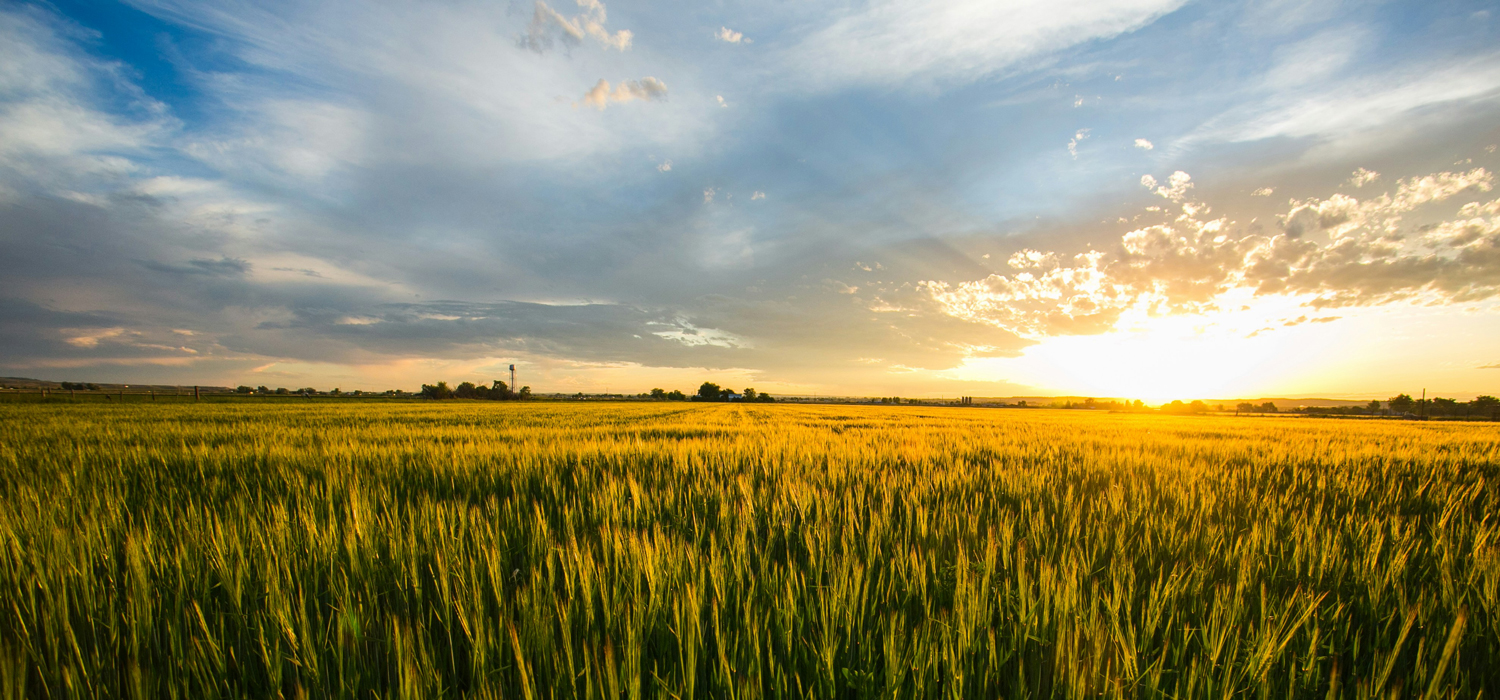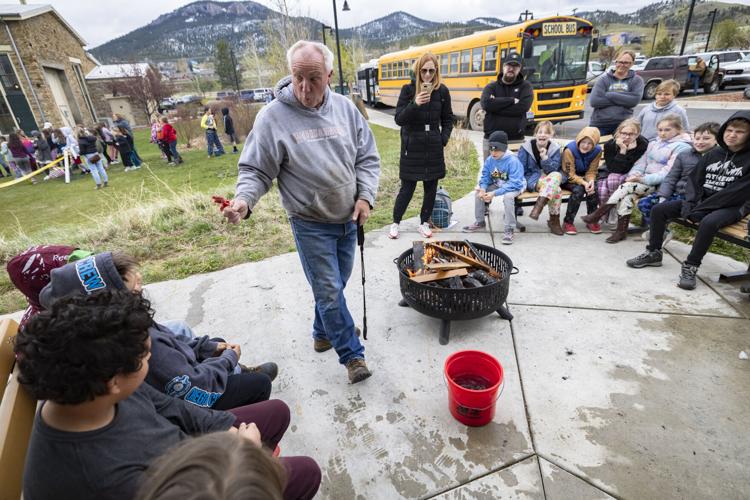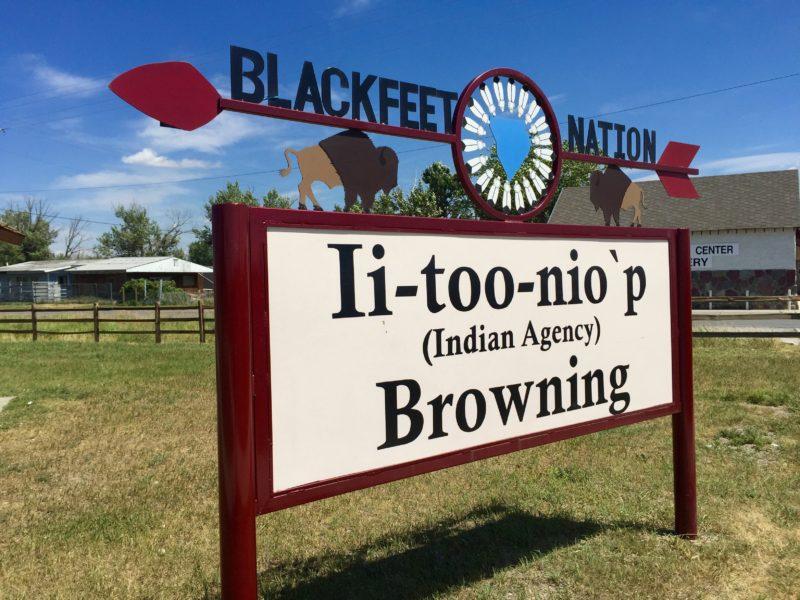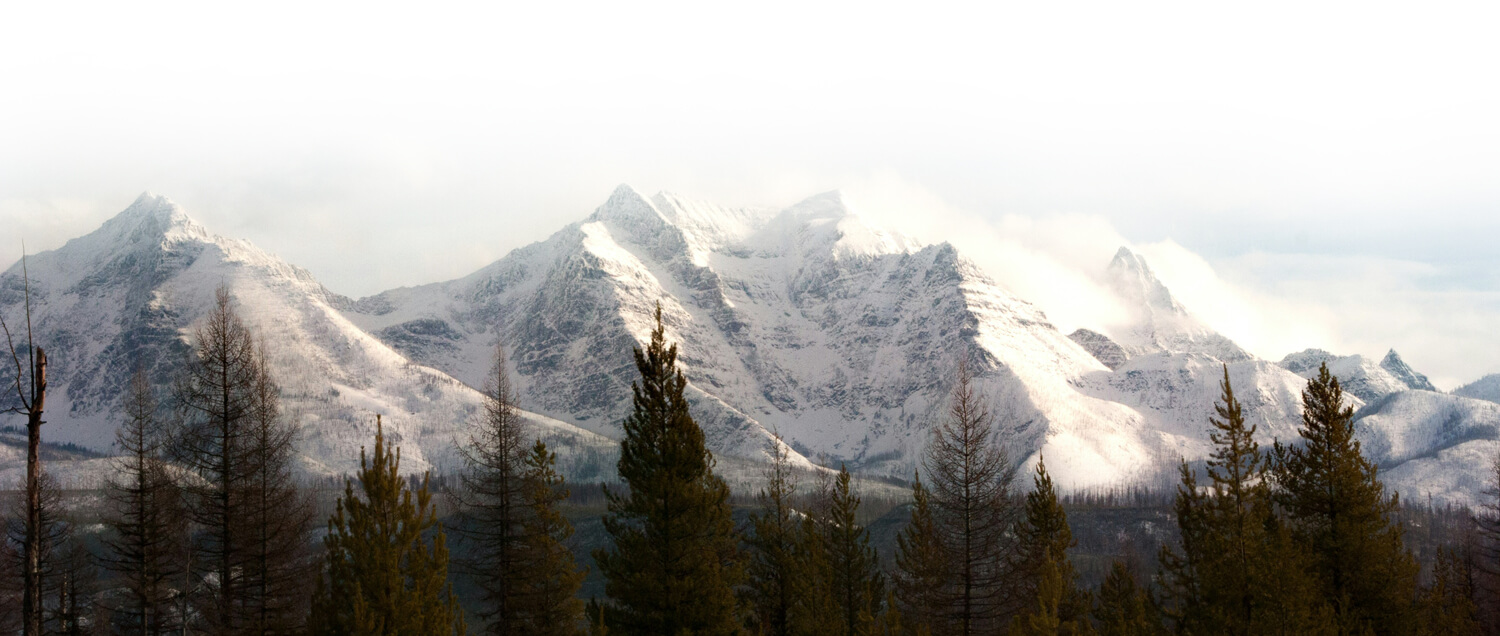
Get ‘Em Outside Mini-Grant Program
MEEA’s Get ‘Em Outside Mini-Grant Program
MEEA’s Get ‘Em Outside Mini-Grant program celebrates the transformative power of environmental education by supporting educators in their efforts to bring learning outdoors. Grants of up to $500 are available to fund projects, supplies, transportation, and more.
This program was created in memory of Emerson Juliette Graham and is dedicated to inspiring both youth and adults to explore, understand, and care for the natural world.
Applications are typically reviewed in the spring, with award announcements in early fall. Through this funding, MEEA seeks to foster excellence in environmental education across Montana.

2024 Winners
The Prairie from the Stars to Land, Crow Agency Public School
Students will learn about the cultural significance and scientific understanding of star stories from different cultures, specifically from the Crow, Greek, and various tribes in New Mexico, where my class will be doing a cultural exchange with an Indigenous Science School.


Archaeology Day Field Trip, Helena Public Schools – Broadwater Elementary
The Montana Historical Society hosts a free Archaeology Day in April 2025 at Montana Wild in Helena, Montana. At this event, students will participate in and learn about the people in Montana prior to Europeans arriving through hands-on learning. This grant will help pay for bussing for fourth and fifth graders in 4 classes at Broadwater Elementary. Without this funding, our students would not be able to attend this valuable learning experience.
Traditional Harvesting with Cultural Knowledge Holders, Browning High School
In recent years, the Browning High School Science Department and Blackfeet Studies program have collaborated with community partners to provide students with the opportunity to learn about and participate in traditional harvesting with cultural knowledge holders. At least 200 Browning High School students will gain knowledge and skills related to native plant identification, uses and processing techniques by participating in hands-on classroom lessons using locally-harvested plants during Blackfeet Studies, Science and Family Consumer Science classes. The Browning School District students and staff will build and strengthen relationships with at least 5 community cultural experts by interacting during field trips, inviting experts into classrooms to share stories and knowledge and showing gratitude through gifts and respectful listening.

2023 Winners
- Wild Waterfowl Workshops- Montana Wetlands and Waterfowl, Anaconda, Butte and Helena Middle Schools
- Laboratories for Outdoor Learning- Outdoor Education Program, Pioneer School, Billings, MT
- EASY Kids Dig Program- Earth Sciences Foundation Inc, Roundup, MT
2020 Winners
- Browning High School – Wild Clays Program
- Montana Discovery Foundation- Orienteering SnowSchool Program
- Absarokee High Sky- Bats in Our Backyard
2022 Winners
- Kalispell Middle School – Outdoor Science Club
- Powell County 4-H Council – MT 4-H Gone WILD – Wilderness Independence, Learning, and Development
2019 Winners
- Montana Natural History Center – STEEM (Science, Technology, Engineering, ENVIRONMENT, Math)
- Echo Lake Trail Association
- Swan Valley Connections
- Wolf Point Elementary School
2021 Winners
- Self-Guided Tour of the Battlefield- Big Hole National Battlefield
- Student-Run Wildlife Habitat- Missoula County Public Schools (Hawthorne Elementary School)
- Montana Audubon Center Partnership- Crow Agency
- Audubon Naturalist in the Schools program – Montana Audubon Center
2018 Winners
- Gardiner Public Schools
- Crow Agency Public School
- Miles Community College
- Blackfoot Challenge
- Frenchtown School
- Absarokee High School
- Learn Inc. Missoula
2017 Winners
- Montana Natural History Center
- Seeley Swan High School
- Clark Fork Watershed Education Network
- Blackfoot Challenge
2016 Winners
- Montana Outdoor Science School. Snow School
- Ronan School. Montana Natural History Center Visiting Naturalist in the Schools Program
- Gallatin Valley Farm to School. Seed to Snack Garden Explorer Camp
- Linderman Elementary. Big Creek Discovery School with The Glacier Institute
- Helena Homeschool Enrichment Co-op: Life Science Seminar
Apply
The mini-grant applicants should highlight how funds received will enhance students’ connection with a sense of place and hands-on learning experiences. Grant amounts vary from year to year and are made possible by proceeds from our annual conference auction.
Montana schools, homeschools, tribal entities, nonprofit organizations, and tax-exempt government agencies are eligible to apply. Educators at these organizations are encouraged to apply, either individually or with a team. MEEA membership is not required to apply, but we request that those selected for a grant become members.
